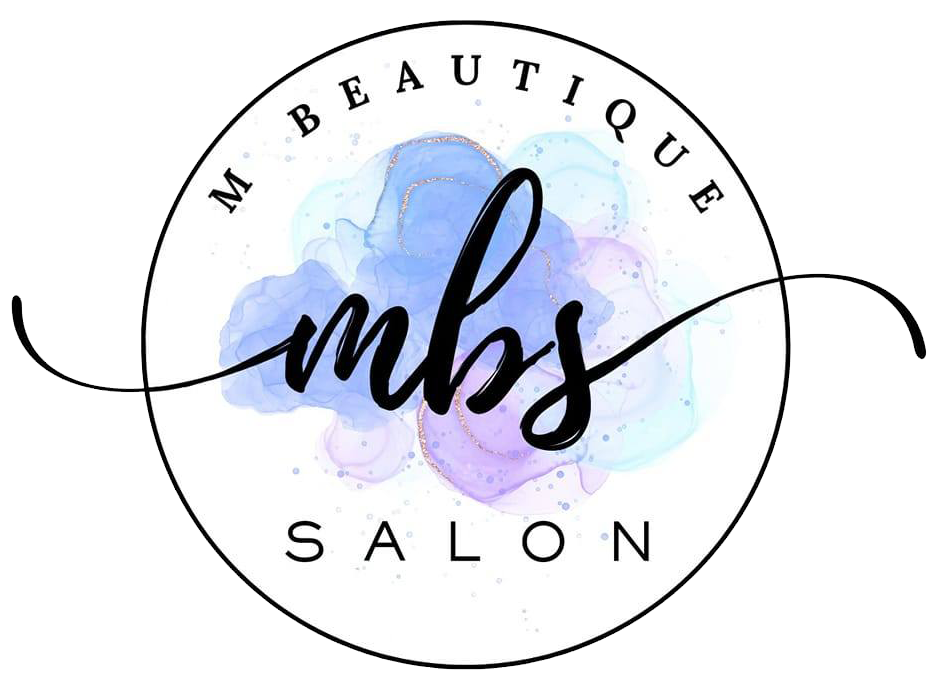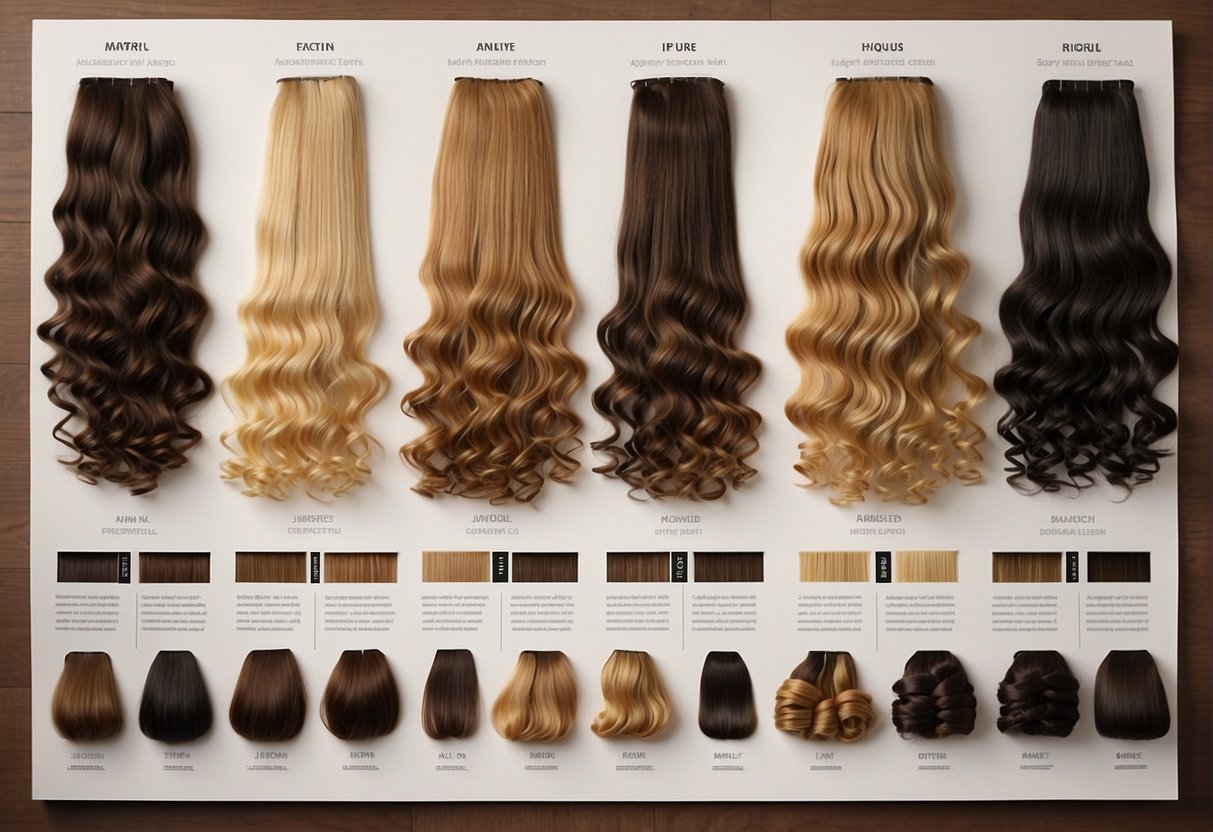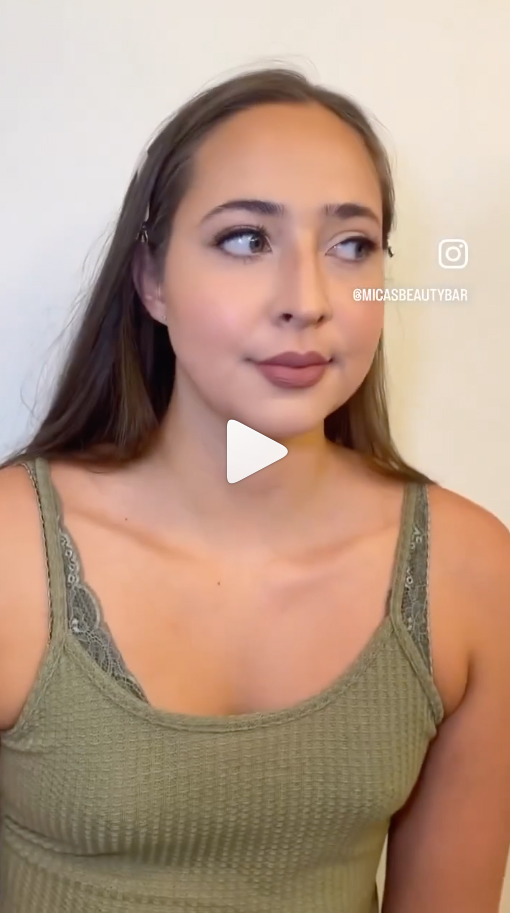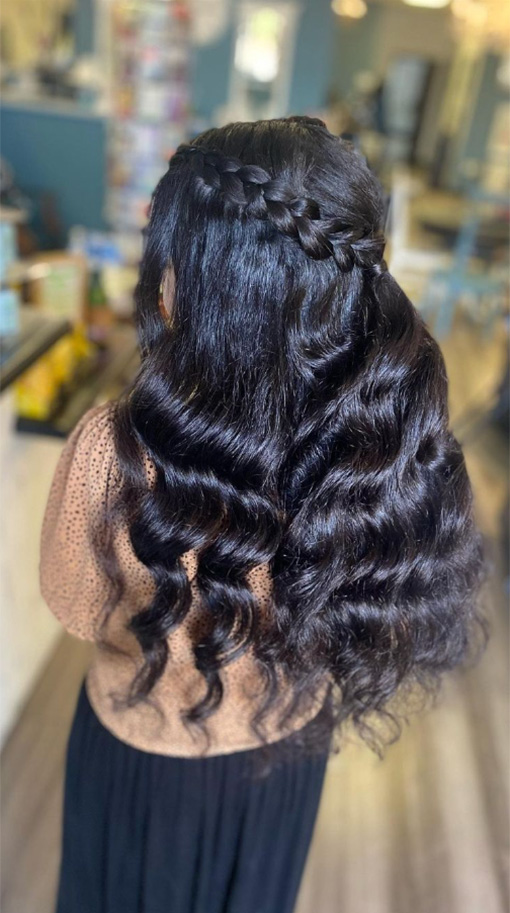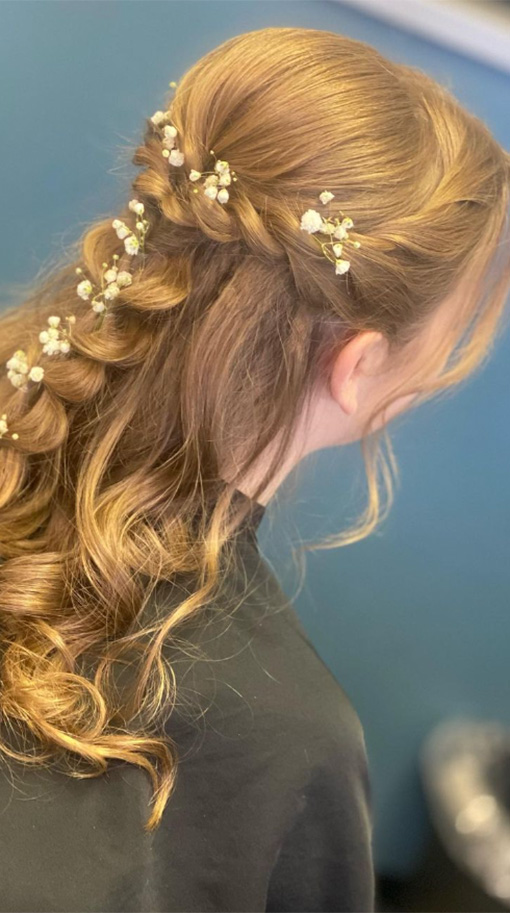Hair extensions have become an indispensable beauty tool for those looking to enhance their natural hair. Whether the aim is to add volume, length, or even experiment with a completely new style, extensions offer a versatile solution. They cater to a myriad of hair goals, offering an instant transformation that ranges from subtle to dramatic.
It’s important to choose extensions that blend seamlessly with one’s natural hair to achieve a look that is as realistic as possible. With the right selection and proper maintenance, hair extensions can elevate one’s appearance and provide a significant boost in confidence.
When considering hair extensions, the array of options can be overwhelming. From clip-ins that offer temporary flair to more permanent solutions like sew-ins and tape-ins, each type has its own set of benefits and care requirements. It is crucial to understand these distinctions to select the best type for one’s lifestyle and hair type, ensuring the health of the natural hair is maintained while enjoying the beauty enhancements that extensions provide.
Exploring Hair Extension Types and Materials
Hair extensions offer variety in both type and material, which directly influences styling possibilities and the duration of wear. Understanding these options allows for an informed choice tailored to lifestyle and aesthetic preferences.
From Temporary to Permanent Solutions
Hair extensions range from temporary such as clip-in hair extensions, which can be applied and removed daily, to semi-permanent options like tape-in extensions and halo extensions designed to last for several weeks. Permanent solutions include sew-in, fusion, and micro-link extensions that remain in place for months at a time, necessitating professional installation and maintenance. Each method offers different levels of versatility in styling:
- Clip-in Hair Extensions: Quick to apply, ideal for adding length and volume for special occasions.
- Tape-in Extensions: They lie flat against the head, providing a natural look and are reusable.
- Sew-in Extensions: Wefts of hair are sewn onto braided hair, suited for those with thick, coarse hair.
- Halo Extensions: A wire-fitted weft that sits comfortably on the head, easy to put on and remove.
- Fusion Extensions: Individual keratin-tipped strands are fused to natural hair, offering a seamless blend.
- Micro-link Extensions: Small silicone beads attach extensions to the natural hair, allowing for freedom of movement and a natural look.
Choosing Between Synthetic and Human Hair
The material choice between synthetic and human hair extensions affects the natural look and feel, as well as the ability to utilize heat styling tools.
- Synthetic Hair Extensions: More budget-friendly, these maintain their style after washing but are less versatile when it comes to styling since they cannot withstand high temperatures.
- Human Hair Extensions: Offering a natural look and feel, these extensions can be styled using heat tools, are more durable, and blend seamlessly with the wearer’s own hair. They are available in different qualities, with Remy hair being a top-tier choice as it preserves the hair cuticles and keeps them all in one direction, contributing to a natural and healthy appearance.
Installation, Maintenance, and Cost Considerations
Choosing the right hair extensions involves understanding the intricacies of installation types, upkeep routines, and pricing. It’s crucial to pick an application method that suits your lifestyle, maintain your extensions properly for extended wear, and align your choices with your financial means and hair needs.
Professional vs. DIY: Different Application Methods
Professional installation offers a variety of permanent methods, such as sew-ins, tape-ins, fusion, and micro ring extensions. These options generally require a salon visit and can provide a seamless look with durability, lasting anywhere from 2 to 5 months. In comparison, DIY installation is typically associated with clip-in extensions, allowing for temporary styling and flexibility for those looking to add volume or length without a long-term commitment.
- Sew-in: Costs range from $300 to $1,000, influenced by hair quality and length.
- Tape-in: Easily applied and removed, perfect for adding dimension.
- Fusion/Micro ring: More natural appearance but higher in cost, ranging from $800 to $1,200.
Maintaining Hair Extensions for Longevity
Regular maintenance is essential to maximize the lifespan of hair extensions. Key maintenance tips include gentle brushing to prevent tangling, proper washing with recommend products, and careful styling to avoid excessive heat. Notably, routines will differ based on the type of hair extension; for instance, tape-in extensions should avoid oil-based products at the bond to prevent slipping.
Maintenance frequencies should be tailored to individual needs, typically including:
- Brushing: Daily, using a soft bristle brush.
- Washing: Twice a week, with sulfate-free shampoo.
- Salon Visits: Every 4-6 weeks, for check-ups and adjustments.
Aligning Hair Extension Choices with Budget and Hair Needs
The cost of hair extensions can vary drastically, making it important to align choices with personal budget and specific hair needs. Those with thinning hair may prefer lighter, less stressful installations such as tape-ins, whereas individuals seeking more permanent volume or length might invest in fusion or sew-ins. Color matching is also critical; extensions should complement the natural hair color or add desired dimension.
- Budget-Friendly: DIY clip-ins, less professional upkeep.
- Long-Term Investment: Sew-ins or micro ring extensions, higher initial cost but longer wear.
- Hair Needs: Lighter extensions for thinning hair; durable options for volumizing or extending hair length.
